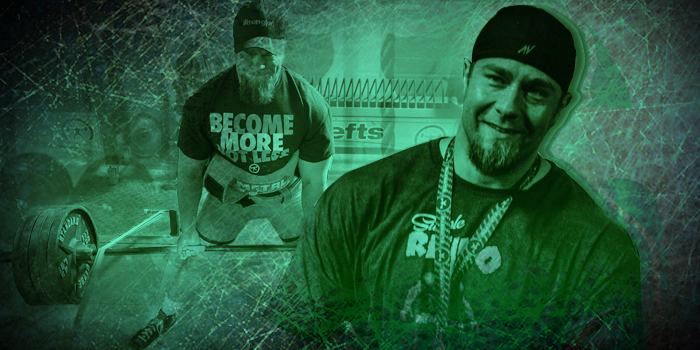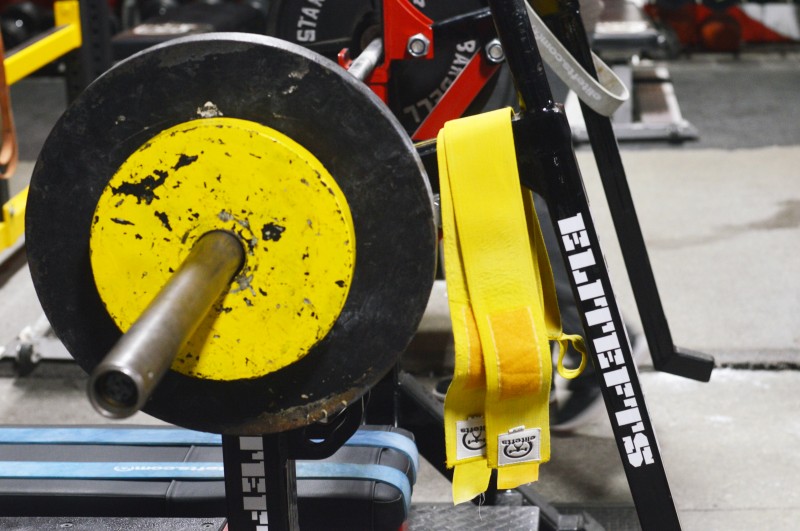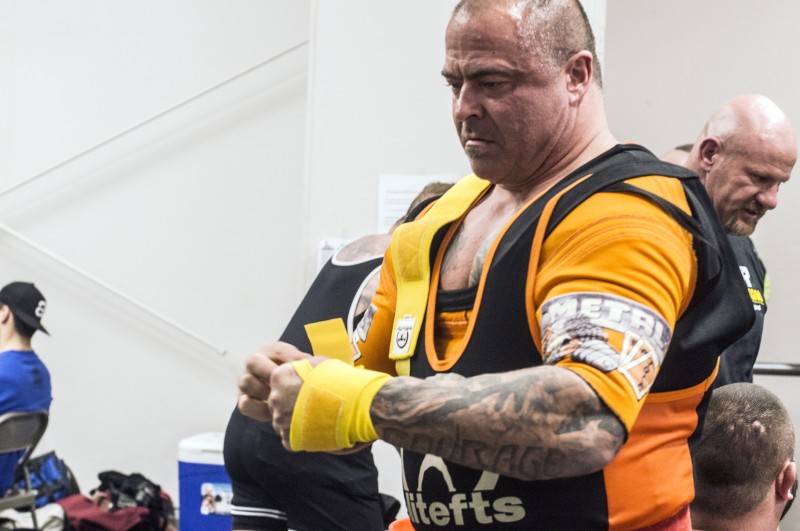
Over the last five years through social media, I have met many good people who I feel are approaching training all wrong. I don’t mean in the way of hard work, exercise selection, or their timing of deloads. Many beginners and even intermediates are doing their training a disservice. They follow a program and are not using a system for their training. Because of my background in computer science, as a lifter and coach I approach things differently.
My degree is in information systems and half of the classes for my major involved writing code for certain processes. One of the basic things you learn in the very beginning is called an "IF…THEN" statement. As something happens, the system determines what course of action to take next. This allows for many outcomes or actions to be performed. Many training program followers don’t have this built-in because it is very difficult to put that kind of information into an e-book. This leads to program jumping when one stops working or something new hits the market.
RECENT: Gas Station Gains — High Calorie, Low Effort
Program jumpers are always looking for the next great thing. Their training has become stale and want a change. I really blame this on one thing: ownership. These lifters lift to follow what the book says but don’t want to take ownership of their training. If they don’t get results, it is the program's fault. The program stopped working and it is never the lifter's fault for not making adjustments and learning how to manipulate it for their specific needs. If you want to be the best you possibly can be, you need to take ownership of your training. It is on you to get better and learn what you need.
MapQuest
Back in the fall of 1995, I entered college and was first exposed to the internet. At the time, the internet was still at its infancy but it had this fantastic website where you could put in where you wanted to go and it would spit out driving directions turn by turn. It was called MapQuest. This was cutting edge 21 years ago. The fact that you no longer had to look at a fold-out map to figure out where you were and where you needed to go was fantastic. There was one problem: If you or your navigator missed a turn, you were in trouble. Your printout didn’t contain any other directions for detours, traffic, or road closures. Many popular strength “programs” out there today work with the same concept.
Today printed MapQuest directions are basically obsolete. We have smart phones, Garmin, Tom Tom, and even in-car navigational systems. I am afraid that too many people out there are still training just like MapQuest. Then when life punches them in the mouth, they are lost and don’t know where to turn. Some of you younger readers may have been lucky to never be lost using printed MapQuest directions but if you have been you know the headache. Navigation of today uses “systems.” They allow for detours when traffic is heavy, they allow you to change your destination mid trip, and some even provide warnings such as construction, heavy traffic, state troopers, or places to eat. Technology has improved and so has the amount of information we can process. This makes a system much more efficient and more valuable.
Let’s look at the Google definition of program.
Program
1. a planned series of future events, items, or performances.
At certain times, a program is exactly what a person needs. But as you advance, a system needs to be put into place and constantly tweaked. There are more variables to manage: adaptations will take longer, body structure differences will impact training, injuries can accumulate, and a host of other complications must be accounted for.
For someone just starting, just following what it says on the sheet is not a bad thing to do. But eventually that will fail. Then what? Just reset the program? How frequently will that have to happen? At some point, your training knowledge needs to grow to continue progress.
For example, the basic 5/3/1 template is great for those who do not want to compete, who enjoy training, and may work high stress jobs. The program keeps volume fairly steady and fits the bill for many people. If goals change, you want to peak,or want more muscle mass, will you know how to adjust your current program to fit your new goals? What happens if you get bored or injured?
Let’s look at the Google definition of system.
System
1. a set of connected things or parts forming a complex whole, in particular.
2. a set of principles or procedures according to which something is done; an organized scheme or method.
Just by looking at the definitions, you can see there is a vast difference. The same holds true when comparing printed turn-by-turn MapQuest directions and use of a GPS. This is why, in the long run, those using a system (learning must be done with a system) to train should end up stronger than those who just follow a program. And, dare I say, they should do so faster. A program may have a few rules to follow if something happens, but they are general. What do you do on your program when you are injured, get sick, or life just gets in the way? What happens when you miss reps or sets or percentages that your program called for? Do you see where I am going with this?
A system like Westside or conjugate training (I am using this as an example for all you haters out there) is superior because it allows for many different people to make progress under very different circumstances. If you looked at three different training cycles for people doing a conjugate style of training from 10,000 feet, they look the same. They all include the max effort method, the dynamic effort method, and the repetition method. But if you zoom in, you might find one doing max effort exercises two weeks in a row and 70-80% straight weight for dynamic effort lower. Another may be doing one week max effort cycles and using 50-60% bar weight with bands for dynamic effort lower.
RELATED: Effective or Ineffective: When To Keep or Drop Your Training Program
Both lifters training differently in the same system must always evaluate and course-correct like a Garmin. One approach might be optimal one training cycle then too light or too heavy in the next cycle. Training should be adjusted to the lifter's strengths, leverages, injury history, and goals. This is why, if you read some of the very old Westside articles, training percents were very different but still work today. The system has and continues to evolve to the most efficient percents for the current athletes training in that gym. This doesn’t make the old stuff wrong; it is now less optimal for the current high level athletes at Westside that are currently being written about.
I understand that some of you don’t want to have to figure out or learn a system. There are many who want to just be told what to do and go do the work without thinking. This is where a system administrator comes into play. This is what I do for my clients. I do the thinking and manage the system based on the feedback, videos, and individual differences between each client.
No matter how you train, you need to take ownership of what you are doing. If it is not working, that is on you! If you are a program jumper because something stops working, you are missing a great learning experience. Instead of jumping, maybe some evaluation of the current program, effort, and technique need to be adjusted to current strengths and weaknesses.
Construction, detours, and even car troubles happen to every person at some point or another. This is why MapQuest programs won’t work forever. A system will be ever-evolving and updating like the conjugate method. Louie has written about his training for years and if you compare 10 squat articles you will see a variety of percents you should use for dynamic effort work. This is the evolution and optimization of that system, even though the old numbers still work. If you are not in a hurry and don’t mind often changing programs because the old one stopped working, keep MapQuesting. For me and my lifters, we want to be as strong as possible as fast as possible.












